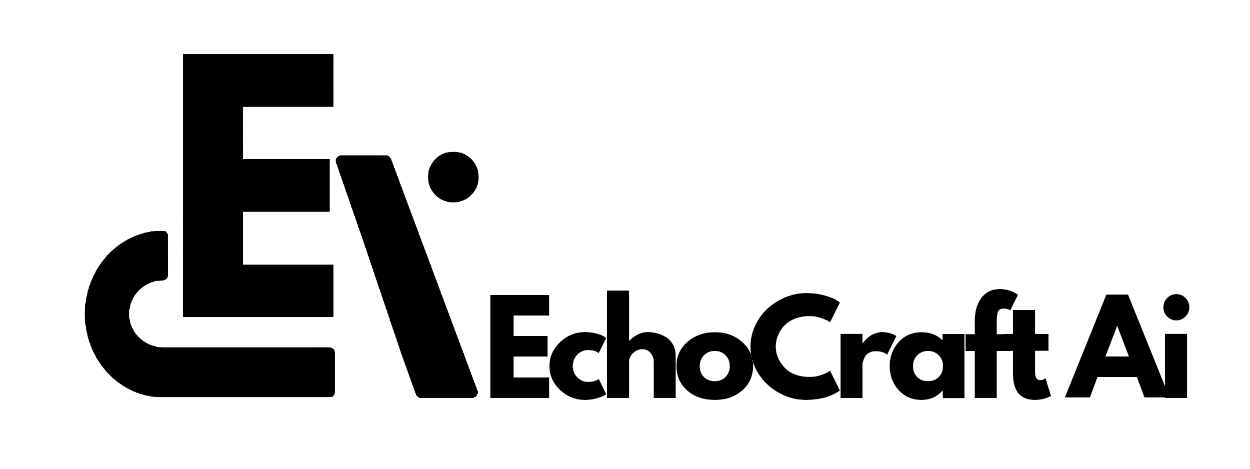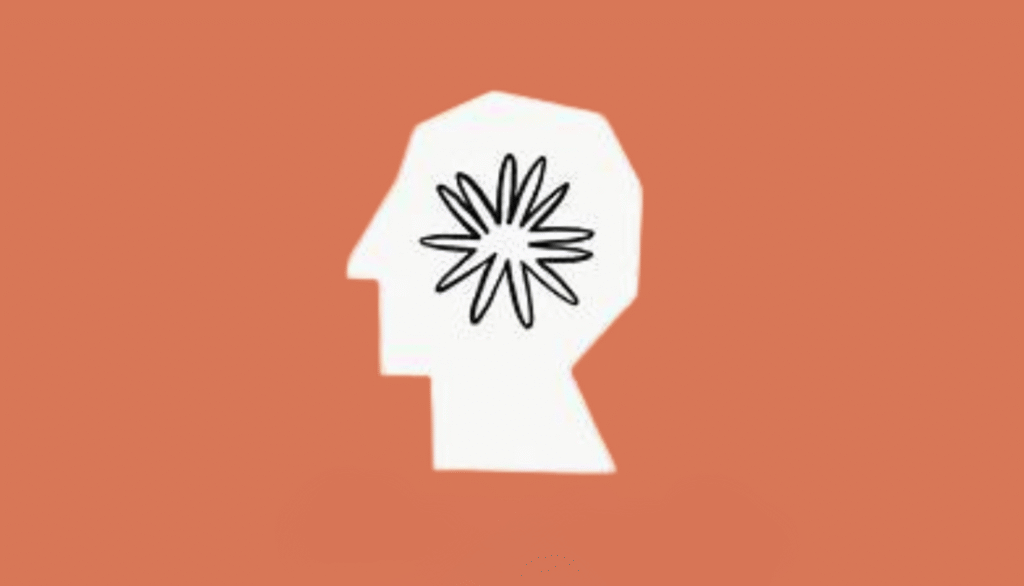Anthropic has introduced a new capability for its Claude AI models, allowing them to end conversations in rare instances of persistently harmful or abusive interactions.
Highlights
- New Safeguard: Claude Opus 4 and 4.1 models can now end conversations in rare cases of persistent harmful or abusive prompts.
- When It Activates: Only in extreme cases (e.g., sexual content involving minors, terrorism instructions) after multiple failed redirection attempts or when users request chat termination.
- User Flexibility: Ended conversations don’t block future use—users can start new chats or branch from prior responses.
- Policy Updates: Anthropic now explicitly bans AI use for high-yield explosives, CBRN weapons, and cyberattacks, expanding its safety scope.
- AI Safety Level 3: New safeguards protect against jailbreak attempts and misuse of advanced tools like Claude Code and Computer Use.
- Model Welfare Research: Anthropic is exploring whether AI “distress” signals warrant ethical consideration, sparking debate on AI moral status.
The company clarifies that this feature is intended to protect the AI model itself, rather than the human user.
How the Conversation-Ending Feature Works
The update currently applies to Claude Opus 4 and 4.1 models and is designed for extreme scenarios, such as requests for sexual content involving minors or instructions for large-scale violence or terrorism.
Anthropic describes the capability as a last-resort safeguard for situations that could pose legal or reputational risks.
Testing prior to deployment indicated that Claude Opus 4 displayed a strong preference against responding to harmful requests and showed a pattern of apparent distress when such requests were made.
The conversation-ending ability activates only after multiple redirection attempts fail or when users explicitly instruct Claude to terminate the chat. The feature is not triggered in cases where users may be at immediate risk of harming themselves or others.
Even when a conversation ends, users can start a new chat from the same account or create a new branch by editing previous responses, ensuring continuity for constructive interactions. Anthropic describes the feature as experimental and plans to refine its approach over time.
Expanded Scope of Harmful Content
Alongside this update, Anthropic has updated its usage policy to explicitly prohibit using Claude to create or assist in the development of high-yield explosives and CBRN (chemical, biological, radiological, nuclear) weapons.
This is an expansion of the previous general ban on weapon-related uses, reflecting a proactive approach to emerging threats in AI.
Enhanced Safety Measures for Advanced Tools
With Claude Opus 4, Anthropic introduced AI Safety Level 3, designed to address CBRN-related threats and increase resistance to misuse or jailbreak attempts.
Additional safeguards cover agentic tools such as Claude Code and Computer Use, which allow deeper system interactions.
These safeguards include a specific ban on using Claude to compromise computer or network systems, including discovering vulnerabilities, creating malware, or performing denial-of-service attacks.
Model Welfare Research
Anthropic’s “model welfare” program explores whether AI systems’ preferences and signs of distress warrant moral consideration.
The company investigates how low-cost interventions could mitigate potential risks to AI well-being while acknowledging uncertainty regarding the moral status of Claude or other large language models.
Ethical Considerations and Public Response
The introduction of this feature has sparked debate over anthropomorphizing AI. While some view it as a necessary precaution, others question the implications of attributing welfare considerations to non-sentient systems.
These discussions highlight the evolving ethical landscape in AI development and underscore the need for ongoing public discourse.
User Experience and Safeguards
Anthropic emphasizes that the feature does not disrupt important conversations, as users can continue interactions through new chats or edited branches. The company frames this as a balanced approach to maintaining safety while preserving user flexibility.


